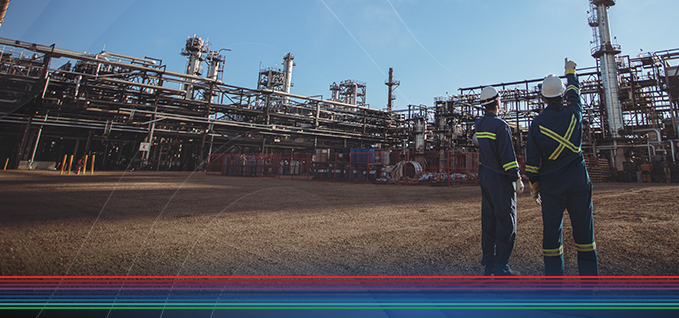There are fewer than 3,000 miles of pipelines carrying Hydrogen (H2) in operation in North America and fewer than 5,000 miles in use across the world. Nearly all of these pipelines are short lines carrying H2 as a commodity to be used in a manufacturing process.
However, soon the concept of using H2 as a lower-carbon fuel source will become economical enough to gain wide acceptance in key sectors of our economy. This is why ExxonMobil Pipeline Company and others in our industry are preparing to begin building a new network of large capacity H2 pipelines.
As we look to the future, ExxonMobil Pipeline Company will work with industry and regulators to help ensure the impending buildout of the H2 pipeline infrastructure is conducted safely and responsibly.
Click here to learn how ExxonMobil is leading the way to reduce emissions for hard-to-abate industries with low-carbon hydrogen.
